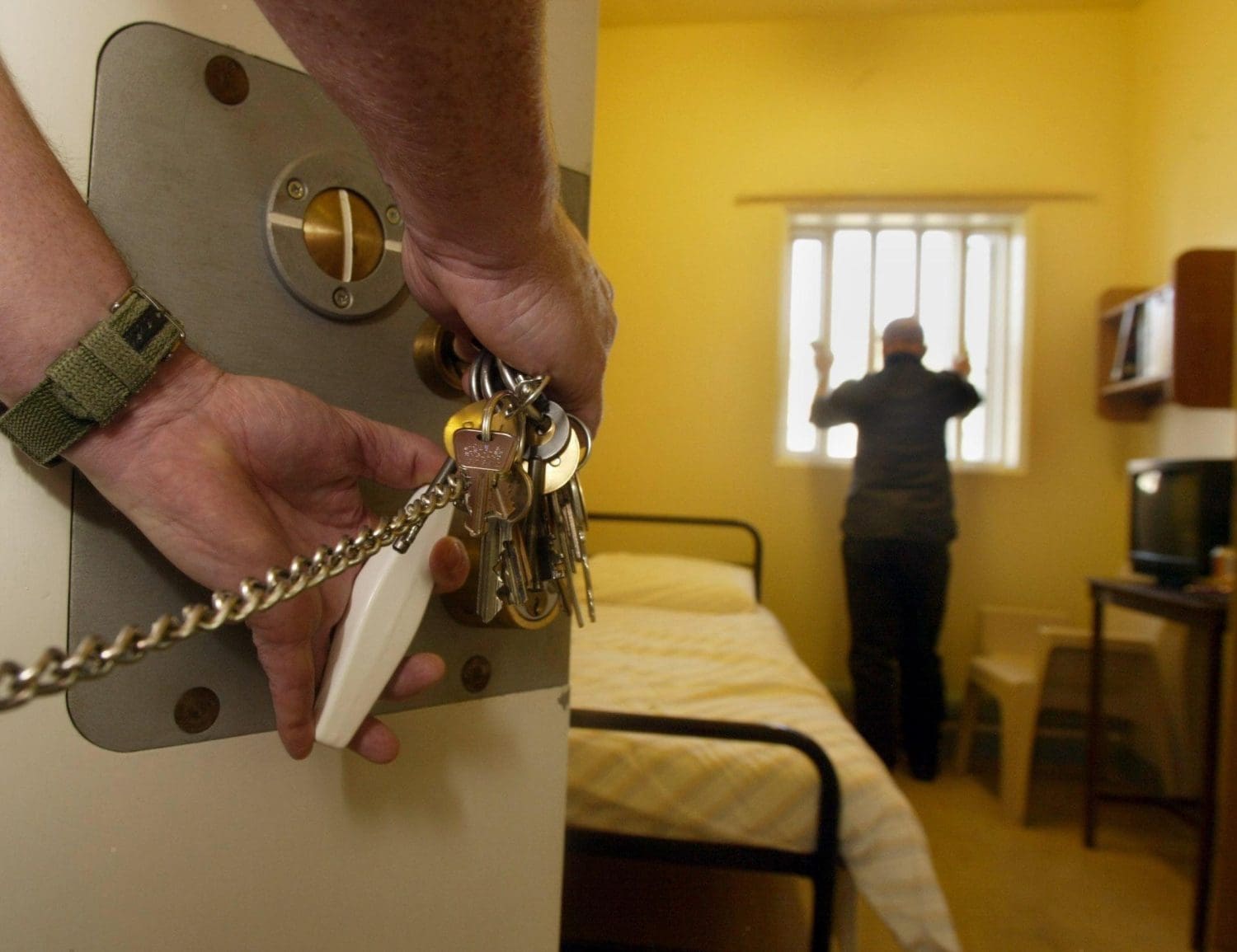A 2018 UN Security Council report has shown that weapons components produced in a Brighton arms factory were involved in an unlawful Saudi attack on Yemen.
Report on Yemen
The 329-page UN report is dated 26 January 2018 and signed by UN staffer Ahmed Himmiche. It includes an investigation into two bombings of a water facility in Ban al-Hareth District, Sana.
The first bombing occurred on 13 September 2016, when:
military aircraft dropped four items of explosive ordnance on the Alsonidar factory complex
On 22 September 2016, the Saudi-led coalition bombed the facility once again, and “completely destroyed” it.
There were no civilian injuries or deaths during either bombing.
International Humanitarian Law
Though the Saudi coalition argued that it targeted the facility because it was “becoming a military manufacturing unit”, the UN panel found:
no evidence to suggest that there were military personnel or equipment in, or in the vicinity of the strike, immediately before, or during the strike.
The panel demonstrated through 11 separate points how it found the coalition’s argument “unconvincing”. Therefore, the panel claimed it: [268]
is unconvinced that the Saudi Arabia-led coalition complied with IHL [International Humanitarian Law] principles relating to distinction [between civilians and combatants].
UK arms manufacturer
In a technical analysis of the physical evidence found at the scene after the first bombing, the report found a “component from a Paveway laser guidance system fin”.
The component bore markings of UK arms manufacturer EDO MBM Technology Limited, based in Brighton. The “Paveway IV” technology, the Argus reports, “helps [the bomb] find its target once it has been released”.
MP for Brighton Caroline Lucas responded to the findings, saying they rang “very loud alarm bells”.
In another UN investigation, a separate panel found that the same technology may have been used in the bombing of a water bottling plant in al-Mahala, Lahj in 2016. It concluded:
It was not possible to determine from just the fin whether it was a GBU-12 Paveway II (US manufactured) or Paveway IV (UK manufactured) laser guidance unit.
UK arms sales to Saudi Arabia
In 2016, the Guardian revealed that “one in three Saudi air raids on Yemen hit civilian sites”. One year later, the same outlet showed that the Saudi-led coalition was “deliberately attacking civilians and infrastructure in rebel-held areas”.
In March, Yemen-based Mwatana for Human Rights released a report that examined the use of US and European arms by the Saudi-led coalition. It stated that “allies of western countries commit atrocities with western-supplied weaponry”, and the US and UK have “accelerated arms sales because of the war”. The report notes that attacks between “April 2015 and April 2018 killed at least 203 civilians and injured at least 749”. It found evidence of US and UK arms being involved in those attacks.
And as The Canary reported in February:
Britain also provides political, technical, and logistical support; and UK officials – who are often in the Saudi command room – “have access to lists of targets” in Yemen.
Campaigners in the UK have fought back against UK arms sales to Saudi Arabia. On 20 June, UK-based Campaign Against Arms Trade (CAAT) won “a landmark legal challenge against the UK government over its arms sales to Saudi Arabia”. It argued that:
the decision to continue to license military equipment for export to Saudi Arabia, which is leading a coalition of forces in the conflict in Yemen, was unlawful, as there was a clear risk that the arms might be used in a serious violation of international humanitarian law.
On 12 July, however, the UK government won the right to appeal the decision.
The latest details of UK-manufactured arms being used in the bombings of civilian infrastructure may likely influence the final decision.
Featured image via Flickr/Felton Davis

















